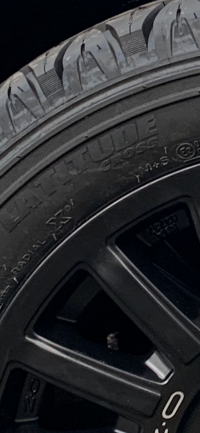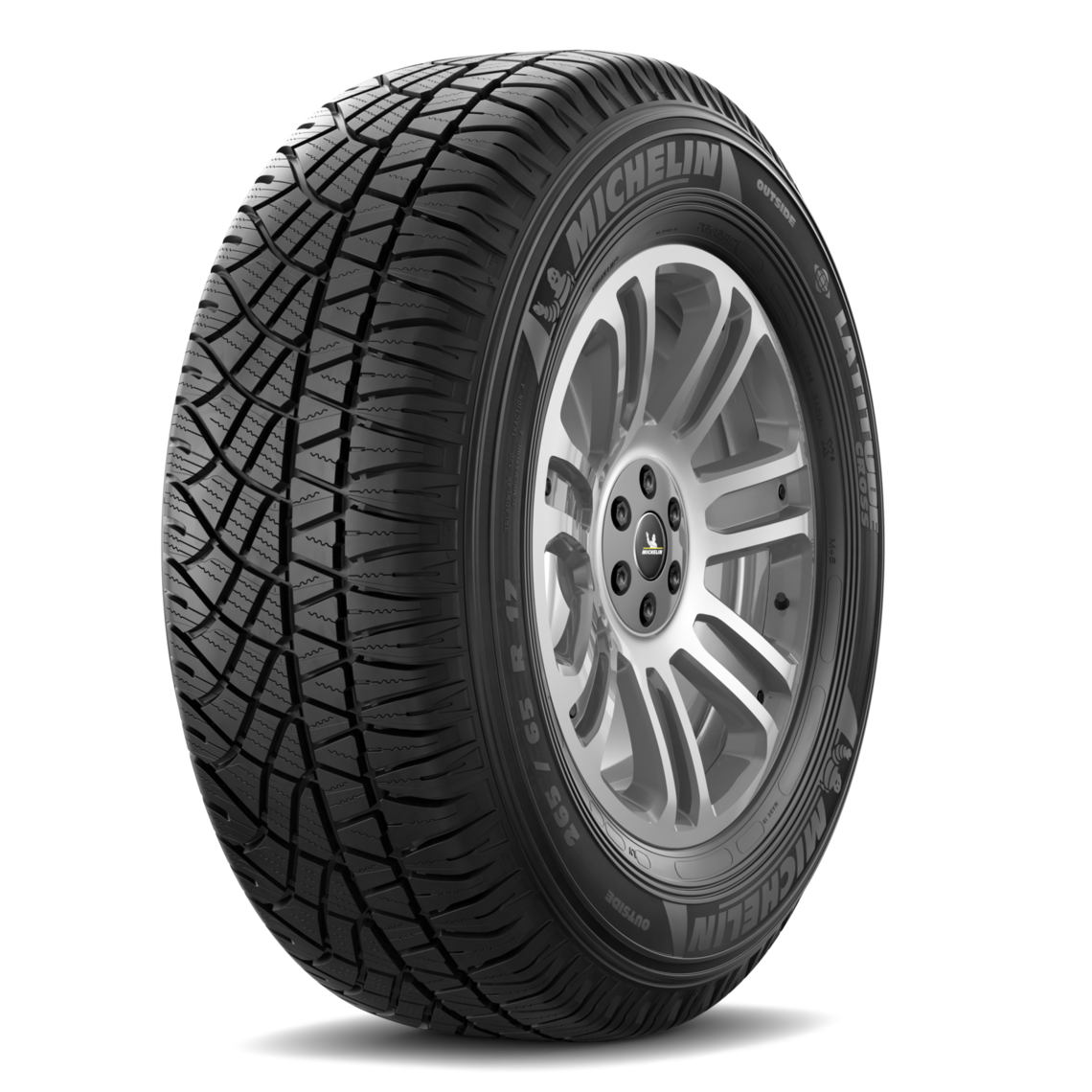R
Resfeber
VIP Member
I have had these on for a few 1000 miles. Great tyre and grip on loose surfaces much better than original Dunlop sport max. Much less scrabbling for grip.View attachment 87505Try them 103
Looking forward to snow.
Ride quality better but with no additional understeer in “spirited” cornering.























